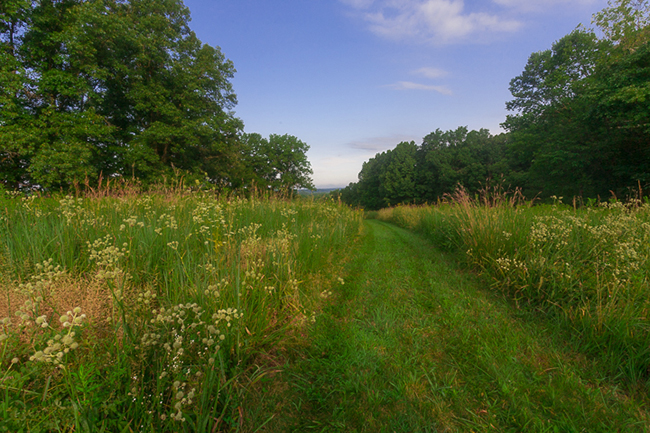
Phyllis Schwitzer’s three-acre prairie garden provides essential cover from predators for birds and butterflies. Photo by James Kellar
BY MOYA ANDREWS
In 1992, Monroe County resident Phyllis Schwitzer attended a lecture sponsored by the Indiana Native Plant and Wildflower Society and was inspired to transform a three-acre expanse of mown grass behind her home into a prairie.
“Typically the seeds of about 50 different local native species are sown but none were available here then, so I ordered a seed mix from Wisconsin,” Schwitzer says. “I sprayed the entire area with Roundup [weed killer], and after it overwintered, I tilled it and sprayed again in the spring of 1993. I then broadcast the seeds by hand, which took about 10 hours.”
When the wildflowers were about 1 foot tall, the area was mowed high to suppress weeds, as discouraging weeds is a major part of establishing and maintaining a prairie flower planting. Later, Schwitzer mowed paths through the planting for easier access as flowers came into bloom. The unmown areas provide essential cover from predators for birds and butterflies.
Paul Rothrock, associate curator of the Indiana University Herbarium, visited this ecologically appropriate planting recently and was impressed by the number and variety of the forbs. “Forbs are the broad-leaved or dicot species that provide color in a prairie and are the big draw for animal life,” Rothrock explains. “In the Schwitzer planting, the many different forbs bloom in succession across the growing season.” (A list of these Indiana native plants can be found below.)
Some prairie grasses that had been included in the original seed mix overwhelmed many of the forbs initially, and so they were killed off. Otherwise, for many years, the wildflowers have flourished without human intervention. New varieties have arrived, too, as the wind and birds have transported seeds. Many of the original forbs have spread into substantial blocks, creating an ever-changing mosaic of colors from spring to fall.
“This is probably the oldest privately owned prairie planting in the state,” Rothrock says. “It is not technically a restoration, as it was farmland and lawn before Phyllis transformed it. But she has made an outstanding contribution to preserving our state’s native plant heritage.”
List of Plants Native to Indiana
White Wild Indigo, Baptisia alba
Prairie Blazing Star, Liatris pycnostachya
Wholeleaf Rosinweed, Silphium integrifolium
Black-eyed Susan, Rudbeckia hirta
Stiff Goldenrod, Oligoneuron rigidum
Grass-leaved Goldenrod, Euthamia graminifolia
Elm-leaved Goldenrod, Solidago ulmifolia
Wild Quinine, Parthenium integrifolium
Wild bergamot or bee balm, Monarda fistulosa
Slender Mountain Mint, Pycnanthemum tenuifolium
Prairie Dock, Silphium terebinthinaceum
Compass plant, Silphium laciniatum
Round-headed bush-clover, Lespedeza capitata
Rattlesnake Master, Eryngium yuccifolium
Tick trefoils, several epithets (Desmodium spp.)
Big bluestem, Andropogon gerardii
Indiangrass, Sorghastrum nutans


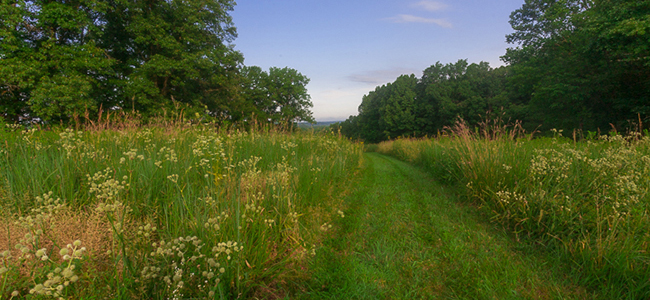
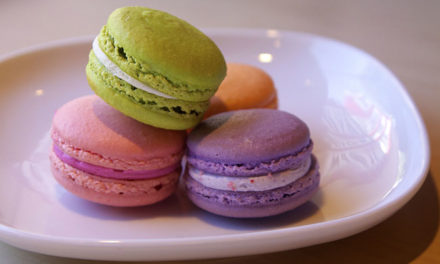
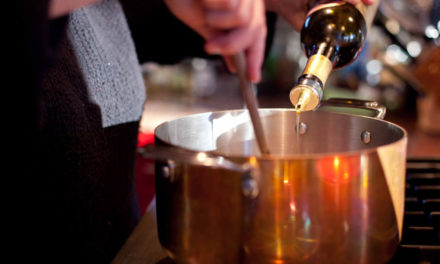
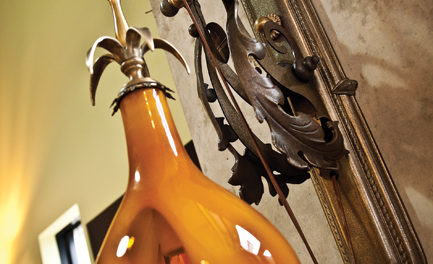
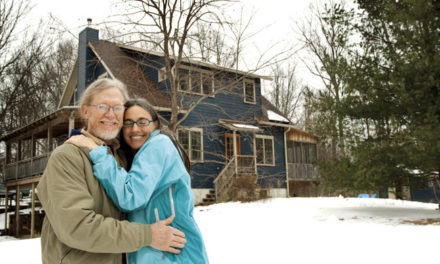





I hope Bloom isn’t advocating the use of Roundup, which further poisons our already PCB-laden water and is proven to cause cancer. I’m sure you can make a prairie garden without using Roundup.